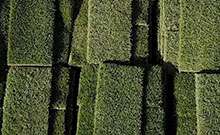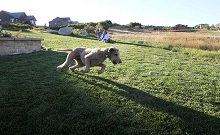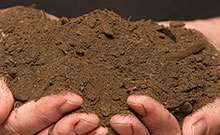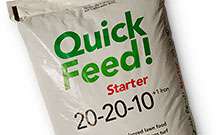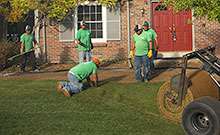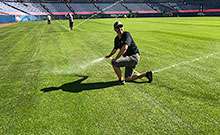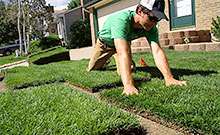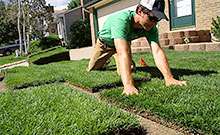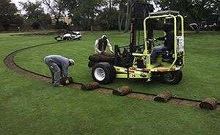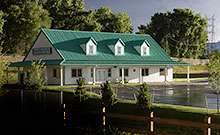Heat Sinks and Your Lawn
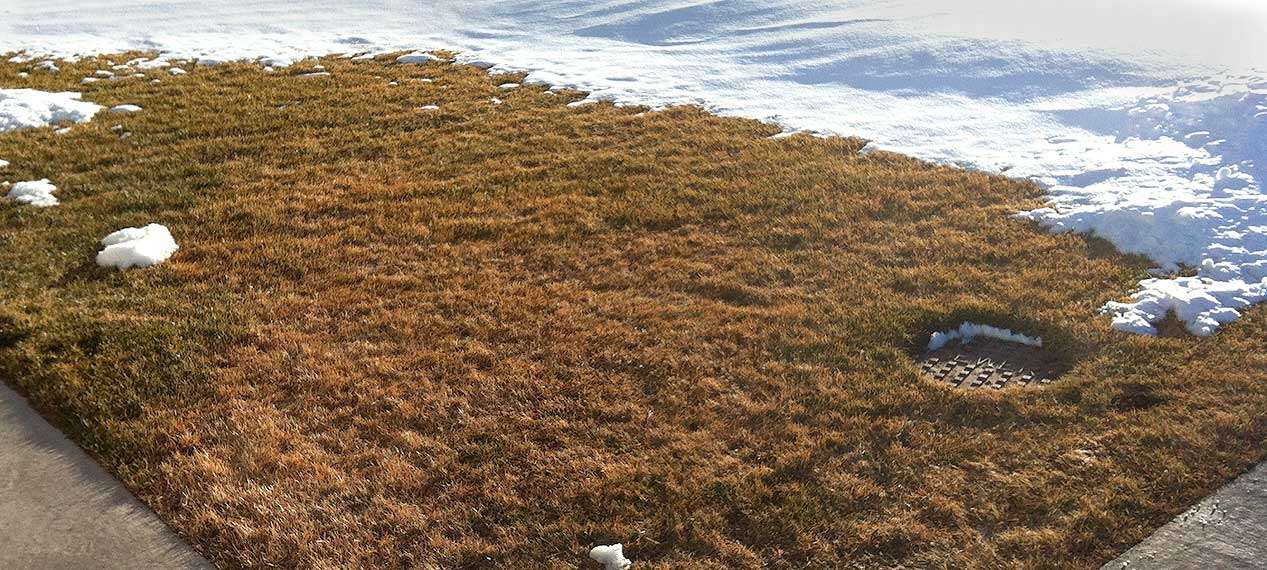
Get to know your yard
Winter is a great time to get to know the different areas of your lawn. By using the winter weather, you can see if your lawn has heat sinks and areas in your yard that tend to be hotter than the rest. A quick Google search will show anything from dissipating heat from high-intensity outdoor lighting to heated indoor sinks that are available for those not fond of cold porcelain. However, for this blog, we’re going to focus on the kind of heat sinks that affect the different areas of your yard.
Heat sinks are elements that absorb, store, and dissipate heat or reflect and redirect heat. One example of a large-scale heat sink would be the elevated temperatures in cities due to all of the concrete and glass structures. The same sort of thing can happen in your yard. This can be caused by brick walls, large windows, stone retaining walls, sidewalks, or even buried objects like metal or concrete piping. These heat sinks can cause a lot of problems for your yard.
By paying close attention to the way the snow melts in your yard, you can easily see what areas are prone to drying out first. The low, southern orientation of the sun during winter months often intensifies the melting of snow cover and helps us locate general areas that might contain a heat sink. Look around at surrounding structures to see if there might be something accelerating rapid snow melt. A lot of times there’s not much that can be done about a heat sink without removing the source, which is often not possible. However, there are other means to alleviate the stress that it puts on your lawn.
Pile snow on bare turf
To avoid losing turf or developing extremely stressed turf before spring, you want to periodically water your lawn throughout the winter months. You can also pile additional snow onto heat sink areas to give them a temporary boost. Once it starts warming up in the spring, check your sprinklers. Make sure they are adequately covering the areas that need it, potentially increasing the nozzle size or even adding an extra sprinkler. Another option is putting in some shrubs or trees to reduce the intensity of the sun.
Identifying the heat sinks in your lawn is one of the first steps to having a beautiful, green lawn all summer long. By identifying the areas that have trouble and paying extra attention to them while it’s still cold, they’ll be more adept at handling the hot summer months.

